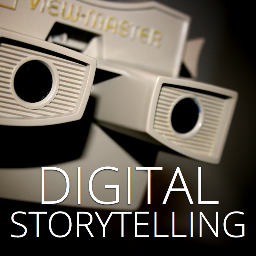Charity Clarity: Our Charity Is Health Specific. How Do You Get Those That Are Not Directly Connected to a Specific Health Issue to Connect?
October 16, 2013
2 min read
 Recently, I had the good fortune of participating in the Digital Storytelling Conference. And I was honoured when asked to facilitate the Charity Luncheon beforehand. There were so many great questions that came up over our sandwiches, that I wanted to share them here. More so, I wanted to harness the power of community to find the answers and so, I went out and asked some colleagues and peers to help add a multidimensional layer to these questions.
Recently, I had the good fortune of participating in the Digital Storytelling Conference. And I was honoured when asked to facilitate the Charity Luncheon beforehand. There were so many great questions that came up over our sandwiches, that I wanted to share them here. More so, I wanted to harness the power of community to find the answers and so, I went out and asked some colleagues and peers to help add a multidimensional layer to these questions.
We’ll be posting the answers one by one over the next couple of weeks, so stay tuned!
Last posts:
1. How can the smallest charity be effective telling their story?
2. How can a small charity turn their social media attention into donations and/or purchases?
3. How do we maintain our charity’s “vision” while letting the community share who they think we are?
Our charity is health specific. How do you get those that are not directly connected to a specific health issue to connect?
Joel Bentley (Peer Giving): By telling stories. A good story will transcend to reach out to a broader audience.
Dee Keilholz (Charity Express): It’s always good to keep your audience in mind when communicating, but it’s especially important when you’re talking or writing about a topic people aren’t necessarily familiar with. Here are some tips about how to get a specific or technical topic across to a broader audience:
1. Find the common denominator (the one aspect most people can identify with), and make that the focus of your story.
2. Avoid technical jargon.
3. Focus on breaking down complicated information into easily digestible bits.
4. Make sure your tone and voice is smart (you want people to know you’re an expert and you know what the issue is), but simple (you need people to understand what you are talking about).
Crystal Henrickson (Chimp Foundation): Find a common ground to connect on. Telling a story where the listener will empathize will make the story more powerful for the receiver. Look for topics that connect. Be personal. Allow the listener to interpret and internalize the message. Ask and encourage questions.
